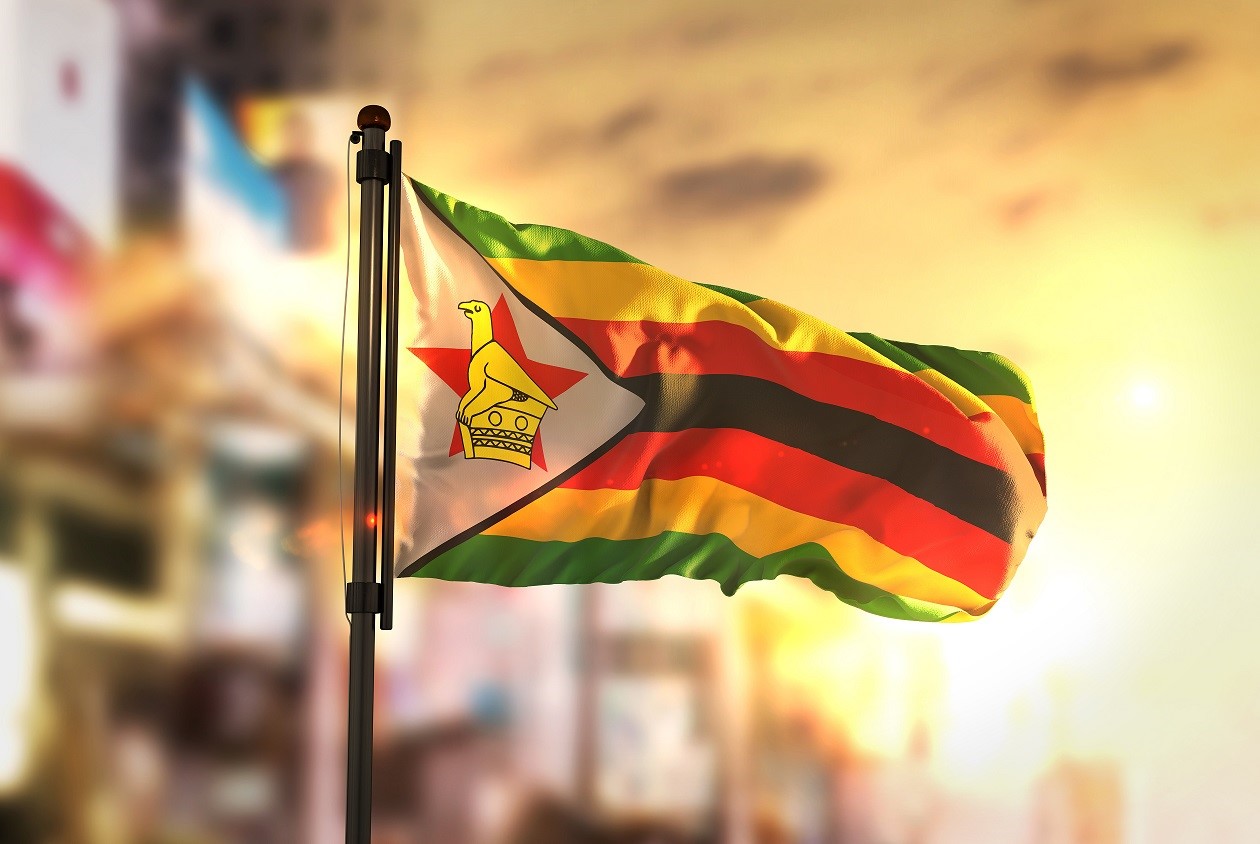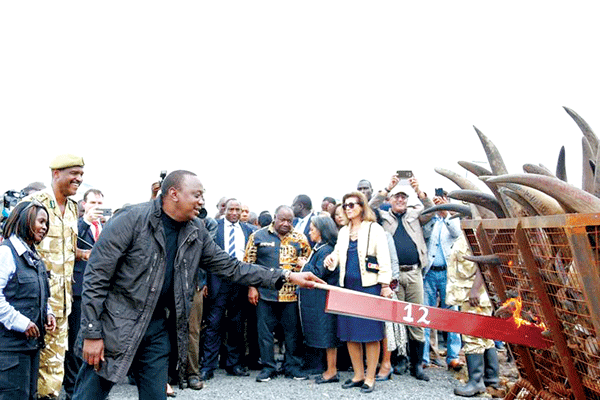
HANOVER PARK, CAPE TOWN – Gangsterism has a long tradition in South Africa’s Cape Flats. But the popular image of swaggering, macho young men is incomplete: women have always had a role, albeit overlooked, in that history.
At the age of 15, Charmaine Debruine became one of three female members of the Backstreet Kids, a Hanover Park gang. Like most adolescent girls involved in gang life, she joined through her boyfriend. But the gang crucially also provided a sense of identity and security in the face of domestic problems. “I had a tough life at home. There was no mother. There was no father… I wanted that sense of belonging.”
The Backstreet Kids no longer exist, most of its members lost to violence or long-term jail sentences. Charmaine also went to prison, serving four-and-a-half years for involvement in a robbery and murder. Now aged 35, she is the lone female within a team of 10 former gang members in Hanover Park’s Ceasefire programme who use their experiences to mediate gang disputes and help young men and women quit gang life.
It is the kind of support she never had when she was young, a period in her life when she could have used somebody looking out for her. “In my time I didn’t have proper guidance,” she says. “Now people from Ceasefire are here to guide you.”
Ceasefire’s target Ceasefire is based on a violence-prevention model developed in the United States by the non-governmental organisation Cure Violence. According to the organisation’s website, the programme works to “reverse the spread of violence by using the methods and strategies associated with disease control — detection and interruption, identifying individuals involved in transmission, and changing social norms of the communities where it occurs”.
The Hanover Park programme operates out of the First Community Resource Centre, a non-profit organisation founded by Pastor Craven Engel. He describes how, at the programme’s outset, “nobody could identify and get a working plan for female gangsters, because gangsters were seen as men”.
Recruiting Charmaine into Ceasefire provided an opening to reach out to other women that had joined gangs. “Charmaine was our catalyst in telling the females, ‘you can change your behaviour, you can enter into a job, you can cut out this living (with) the gang’.”
A study in 2012 by Mexican research group Seguridad, Justicia y Paz, rated Cape Town as the 34th most lethal city in the world, with a murder rate of 46.15 per 100 000 people. Much of that violence is concentrated in the Cape Flats, 30-minutes from the city’s wealthy, cosmopolitan centre.
- Chamisa under fire over US$120K donation
- Mavhunga puts DeMbare into Chibuku quarterfinals
- Pension funds bet on Cabora Bassa oilfields
- Councils defy govt fire tender directive
Keep Reading
Often referred to as “apartheid’s dumping ground”, much of the Cape Flats were populated from the 1950s through the forcible relocation of non-white communities from central Cape Town to its low-lying periphery. Hanover Park is one in a patchwork of still neglected and poor “Flats” communities where gangsterism – and with it violence and drug dealing — is part of everyday life.
City authorities estimate there are between 100 to 120 gangs in Western Cape Province, with membership ranging from 80 000 to 100 000. How many are women is unknown. Women rarely shoot on the “front-lines like the guys”, says Charmaine. Generally their roles are to conceal guns or drugs: or they may be used as spies or informants, or lure opposing gang members — with the promise of sex — to be ambushed and killed in the regular turf wars.
Naboewieyah Kelly joined Western Cape’s biggest gang, the Americans, aged 14. “I would help them smuggle, sell the drugs, and keep the stuff by my house,” she says. Her face still lights up as she describes how she would be given a firearm to shoot in the air as a feint to distract the police and the rival gang to be targeted. “They showed me how to use any kind of a nine (millimeter), a 38 (calibre), a Glock. . . Then I just go, and I shoot in the air . . . If it’s not me, then there is a guy with me and he will do the shooting, and I walk away with the (gun).”
Due to a shortage of women police officers, chances are low that a female gang member will be searched, unless directly implicated in a crime.
Dangers But female gang members face other risks. Even if not deliberately targeted, they can get caught up in gang shooting. And the penalty for being suspected of spying can be severe, including gang rape or death.
When it comes to gender, the gangs are deeply conservative — mirroring the most patriarchal aspects of South Africa’s gender relations — where women can be subject to extreme levels of sexual violence. According to police crime figures, the equivalent of more than 26 rapes were reported every day in the Western Cape in 2012. Far more go unreported.
Commonly referred to as a “brotherhood”, Western Cape’s gang culture is a notoriously masculine space. “Troubles”, one of the founders of the Spoiled Brats, is clear: “Women, they don’t actually get seen. It’s almost like they’re down there. Because the only time [male gangsters] need a woman is when they want to satisfy [themselves] … Then they will fetch a girl.”
According to Troubles, leadership roles for women are extremely rare: “Where it’s maybe gangsterism stuff getting started, getting talked (about), then (females) must go.”
And women must constantly negotiate their roles in the gangs. “For some girls, if they don’t have a boyfriend in the gang, they maybe sleep with everyone every time. Or they sleep with the leader of the gang,” Nabo said.
Winning respect is key: Nabo’s method was to carry a knife — and use it when necessary. “I did stab a lot of guys. For sometimes they must talk right to me. If they don’t know me, and they just want to talk to me like they want to. . . Then I just show you how you must talk to a woman.”
— IRIN










